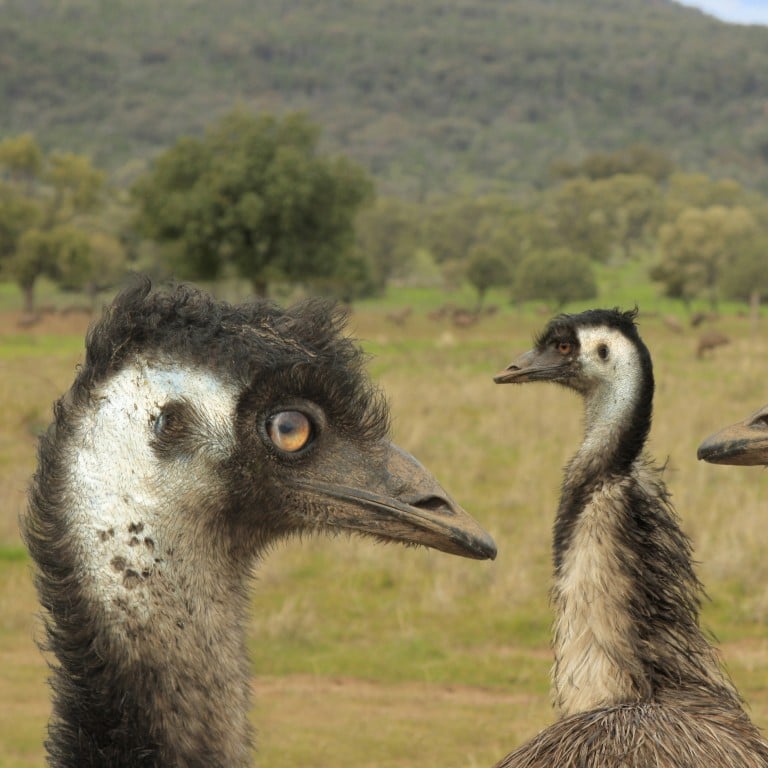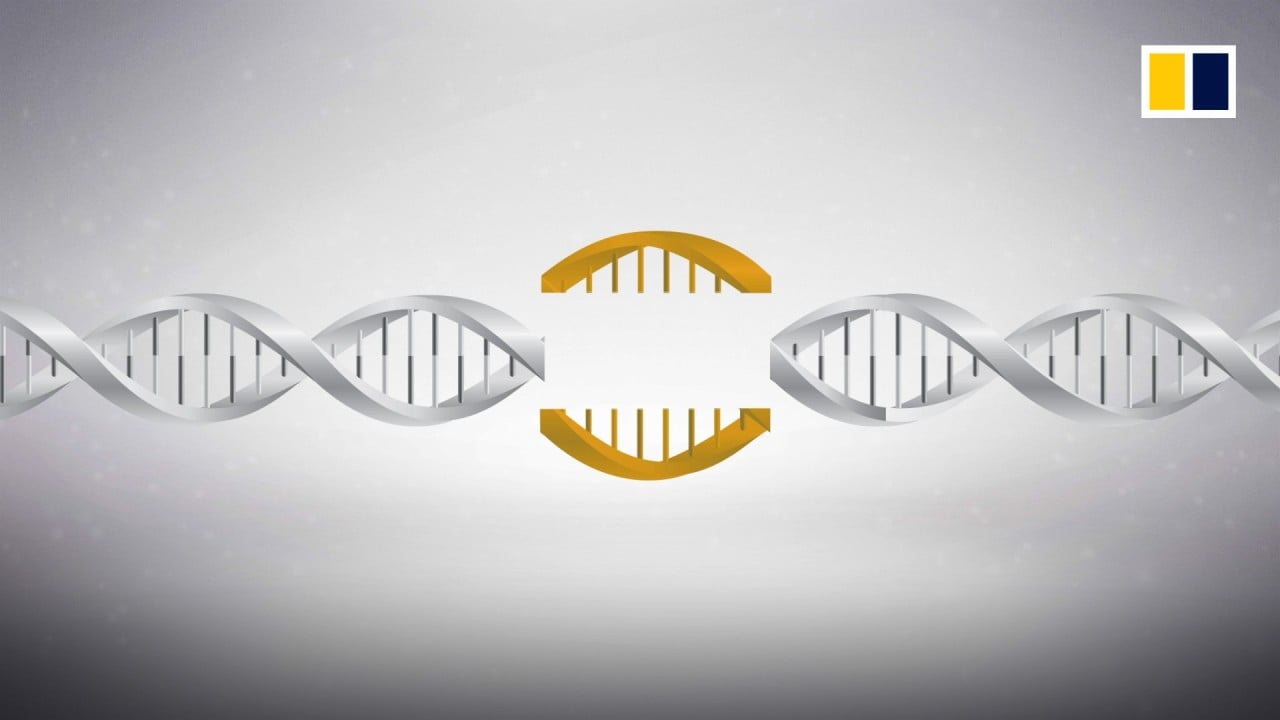
Early birds: sweeping new study reveals when birds of a feather appeared altogether
- Exhaustive global analysis finds avian ancestors first appeared within 5 million years of dinosaur extinction
- Clearest picture so far of avian family tree shows how first populations responded to events 66 million years ago, researchers say
Using a large-scale genome analysis, an international group of scientists has found that most present-day groups of birds – the only dinosaur lineage that lives today – emerged within 5 million years of the mass extinction.
With all non-avian dinosaurs eliminated, the Cretaceous-Paleogene (K-Pg) event provided birds with an opportunity to rapidly diversify and flourish across a wide range of ecological niches, the study found.
‘Landmark event’: Chinese scientists assemble world’s most detailed human genome
The team of 52 researchers from 49 institutions worldwide published their findings in the peer-reviewed journal Nature on Monday.
Previous studies have established that the family of modern birds has three major branches. The first branch of ratites and tinamous includes flightless birds such as emus, kiwis and ostriches.
The second one is landfowl and waterfowl, such as chickens, turkeys, ducks and geese. All other living birds – 95 per cent of bird species – belong to the third branch known as Neoaves.
Senior author Zhang Guojie, chair professor at the Centre for Evolutionary & Organismal Biology at Zhejiang University, said the latest study has created a new bird family tree, revealing the secrets of bird evolution.
Snakes on a plain: Chinese-led study shows when serpents shed their legs
“The current study produced a very well-supported phylogenetic tree for almost all major bird families in the record (92 per cent) and resolved many previous debates over the phylogenetic positions of difficult bird lineages,” he said.
Phylogenetics refers to the study of the evolutionary history and relationships among groups of organisms.
The family tree also classifies the big group of Neoaves into four major clades: Mirandornithes, Columbaves, Elementaves and Telluraves.
The addition of the Elementaves group is a significant reclassification from the previous organisation, Zhang said.
“[A] new group of birds called Elementaves has been proposed in the study. This is a big group of bird species comprising 14 per cent of the modern bird species, including the enigmatic hoatzin, shorebirds, hummingbirds and tropicbirds.”
First author Josefin Stiller, an evolutionary biologist and assistant professor of the section for ecology and evolution at the University of Copenhagen, said the study illustrates the power of comparative analysis of genomes.
“By comparing genomes of species living today, we can learn how populations of birds responded to events that happened 66 million years ago,” she said.
The enormous amount of data was a major challenge in constructing the bird family tree in the past, Stiller said. “Each bird genome contains approximately 1 billion letters of DNA and we had 363 of these genomes.”
She said the gene trees were summarised into species trees using software developed by senior author Siavash Mirarab, an associate professor at the University of California, San Diego, whose lab focuses on computational biology.
“We also performed thousands of experiments on subsets of these gene trees to test specific hypotheses on the causes of incongruence,” Stiller added.
Zhang said with the full genome data, the team “can provide a more accurate dating for the evolutionary event for birds based on the new family tree”.
Hong Kong researchers find ‘most complete’ genome profile for American cockroaches
He said the ancestors of the Neoave group, consisting of most birds in existence today, “experienced a rapid radiation near the Cretaceous–Paleogene (K-Pg) boundary, when the mass extinction of dinosaurs occurred”.
“Our study showed that most Neoave groups appeared after the K-Pg boundary, supporting the hypothesis that the birds have survived and rapidly diversified thanks to the new ecological opportunity after the non-avian dinosaurs [went] extinct,” he said.
The latest study that reconstructed the bird family tree of life is part of the Bird 10,000 Genomes Project begun by Zhang and his international peers.
The initiative aims to map the genomes of all 10,500 existing bird species to reveal their population history.


